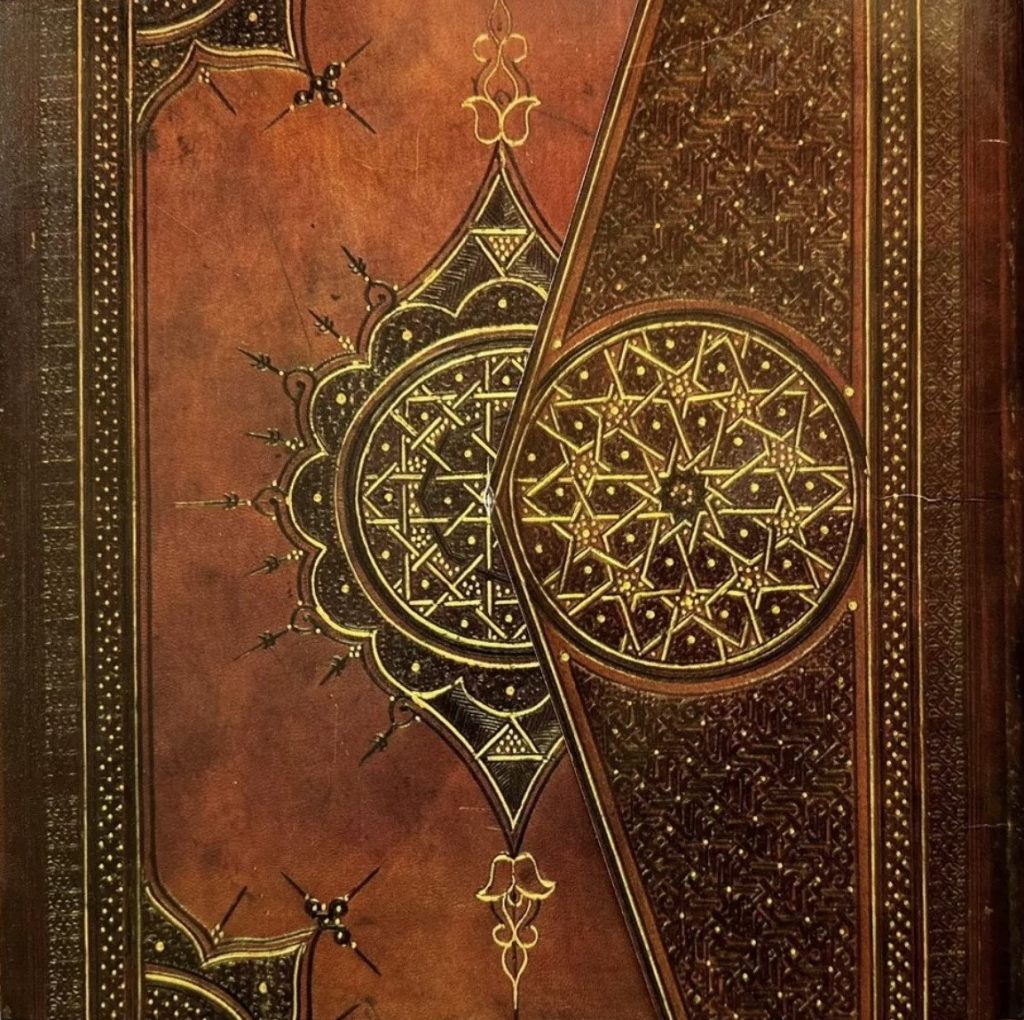| Title: | Art of the Arab World |
|---|---|
| Author List: | Esin Atil |
| Publisher: | Freer Gallery of Art, Smithsonian Institution |
| Publication Date: | 1975 |
| Publication Type: | book |
| Format: | print (hardcover), print (softcover) |
| Pages: | 151 |
| Collection Area(s): | Arts of the Islamic World |
Art of the Arab World


Description:
This exhibition, Art of the Arab World, and its catalogue carry out two of the cherished desires of the founder of the Freer Gallery of Art, Charles Lang Freer. They are the preservation for and presentation to the people of the United States and the world of objects of the highest aesthetic standards and the research and publication of scholarly findings so that all may learn of the inspired creativity of mankind. In contrast to many collectors of his age, Mr. Freer did not seek to amass objects with quantity and fashion his goals. Instead, he collected in areas not yet in vogue with the avowed purpose that the works of art he possessed serve to awaken our people to the importance of the Eastern civilizations as cradles of learning and beauty.
It was late in his life that he turned to the vast reaches of Islam and the Arab peoples who had greatly enriched our world with the principles of this inspired faith. They had also expanded our horizons and contributed to humanity’s development through scientific invention, an art of healing, mathematics, literature, and art of great beauty. It is to art that this exhibition is devoted. In truth it is difficult for an art historian to think of that which is beautiful and graceful, delicate yet strong and eternal, without the ‘arabesque’ coming to mind. How apt that this aesthetic device of refined, rhythmical, intertwined flowing lines epitomizes the spirit of the Arab world. The simple elegance of Arabic, written with beautiful calligraphic style, unites religion to art and art to the people of these lands. The sacred word of Islam is most ever present in Arabic art, and even when objects for secular use were fashioned, Islam’s influence was felt through the use of calligraphy and line.
Arabic art has rarely been presented in our American institutions. We are honored at being entrusted with a small portion of the cultural heritage of these noble peoples. The Arabs were noted teachers, and it is our hope that through this exhibition we may emulate them, and a window will be opened encouraging our understanding of a major area of the Eastern world.
The Freer Gallery of Art is deeply grateful to Dr. Esin Atil, our Associate Curator of Near Eastern Art, for her scholarship and organization of the exhibition. We hope that this catalogue, over which she so lovingly labored, will serve as an important addition to the literature on Arabic art. Her effort, as well as that of the superb photographic staff of the Freer Gallery of Art, would have meant little had we not received a very generous grant from Mobil Oil Corporation and the services of Derek Birdsall, a designer of great distinction. To these people and that organization, we are most grateful. To those who wrote and made the objects now before us, we are humble.
—Foreword by Harold P. Stern

